
Review on 🗺️ NAVITEL C500 Navigator: Your Ultimate GPS Guide for Effortless Navigation by Jnis Stepi ᠌

A little bit not what I expected, generally fine.
It is really challenging to get used to the Navitel interface after becoming accustomed to the -maps interface. We used a navigator because the phone's application moves more slowly than the actual location on the road. It is therefore still more practical to travel with. has various benefits: Although it pauses when necessary, it generally travels down the highway, thus there is a chance that you could be in the incorrect lane and move out of the way when you shouldn't be. Many drawbacks 1. Decelerates. Driving through an unknown city makes it difficult to know where to turn and where to go next. 2. Cards are unable to detect prohibition signs, fences, or other obstacles. The navigator once offered driving under a "block," for instance, and once directed to a locked protected area and suggested driving through it. 3. Once, already halfway through the route, when we took a different route than the navigator, it started to indicate that we were traveling along a nearby parallel street. However, after that, it generally hung and sec. 30 was unable to determine our location. 4. The only thing that helped us find a hotel at night was the maps on our phone because there are absolutely no addresses on the maps.
New products
Comments (0)
Top products in 🛰️ Vehicle GPS
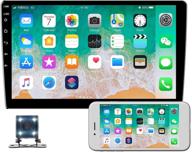
Enhanced Android Bluetooth Navigation Support: Double the Functionality

12 Review

TomTom ONE 3rd Gen 3.5" Portable GPS Vehicle Navigator with Manufacturer Discontinuation

11 Review
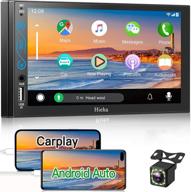
📱 HieHa 7 Inch HD Touch Screen Double Din Car Stereo with Apple Carplay and Android Auto, FM Radio, Bluetooth, Mirror Link, SWC, MP5 Player, A/V Input and Backup Camera

11 Review
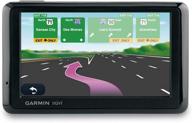
Garmin nüvi 1390LMT 4.3-Inch Portable 🗺️ Bluetooth GPS Navigator: Lifetime Map & Traffic Updates

11 Review
Another interesting products
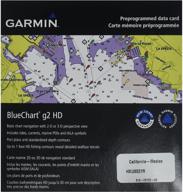
🗺️ Enhance Your Navigation with Garmin BlueChart g2 California/Mexico Saltwater Map microSD Card

7 Review

🗺️ Explore Canada's Salt and Freshwater with Garmin BlueChart g2 microSD Card

5 Review
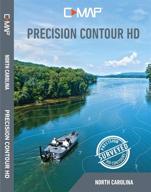
C MAP M NA Y704 MS Precision Contour Carolina

3 Review

Garmin MS RA70CV Cover Fusion 010 12466 01

5 Review

